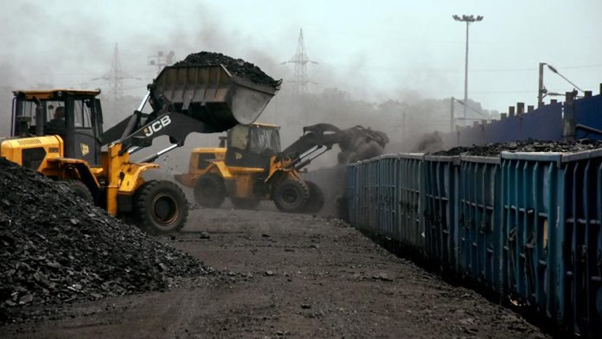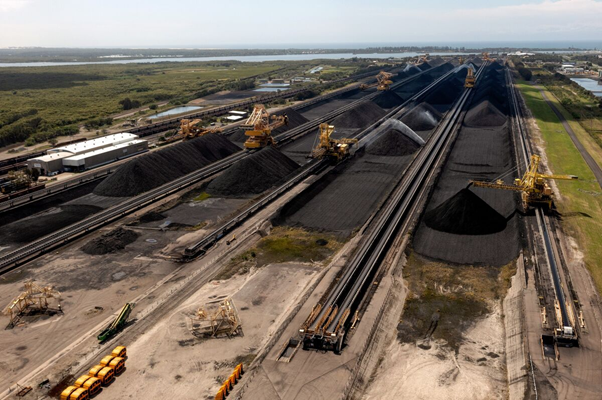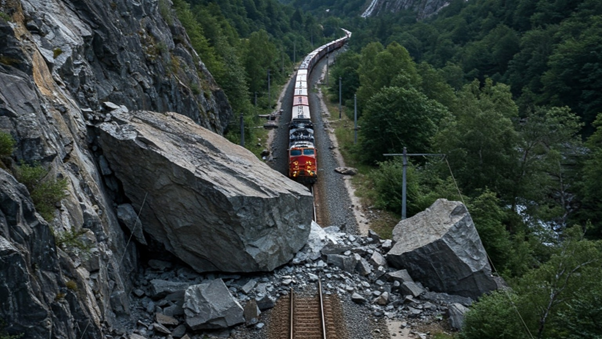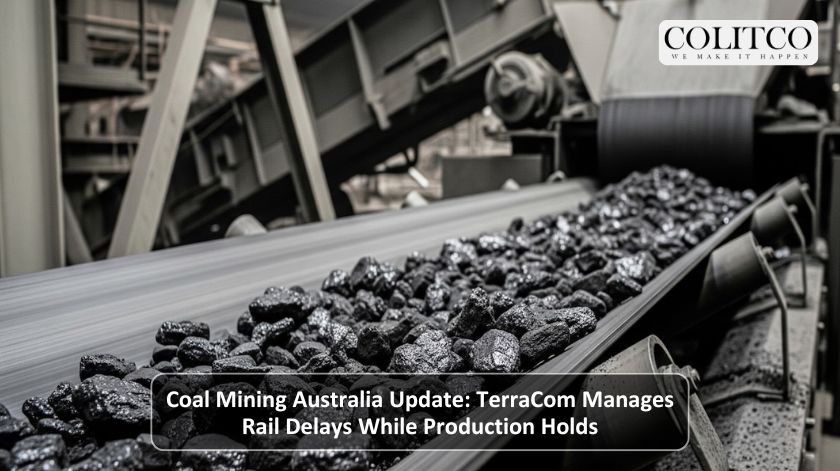In the most recent update from TerraCom, the company mentioned that rail and supply-chain problems are causing delays in the transportation of coal from the Blair Athol mine in Central Queensland to the port. While mining operations are not affected, the coal’s movement to the port is troubled by limited rail capacity.
The company has 140,000 tonnes of coal at the mine, 11,000 tonnes at the port, and 42,000 tonnes of run-of-mine coal as the reason for the delay. These amounts translate to about 186,000 tonnes of marketable coal, which is about one month of shipments. To relieve the pressure on cash flow, the company is considering prepayment deals and working capital injections.

Rail constraints delay Blair Athol coal transport, though mining operations continue normally.
How Does This Affect Australian Coal Production in 2025?
The company is still positive about its coal production in Australia in the year 2025, despite the logistical problems. TerraCom has asserted its operational ability: the mine is running, the production at the site is still strong, and costs are being well-controlled. It has also surpassed the revised FY25 coal sales target of 1.52 million tonnes, proving its strength in a tough transport situation.
Why Is This Update Important for the Australian Coal Industry News?
This turn of events is important because it points out the systemic risks in the Australian coal supply chain, not only for TerraCom but for the entire Australian coal industry news landscape. Rail and port logistics are emerging as the main bottlenecks in the supply chain, even though the mines are not reducing their output.
The pressure on the infrastructure could be a factor that slows down export growth if the problem spreads across the sector, just like in the case of the current retail industry situation. Nevertheless, the ability of TerraCom to hold on to its inventory is a sign that the miners are learning to live with minor disruptions.

Rail and port bottlenecks expose growing systemic risks across Australia’s coal supply chain.
What Long-Term Strength Does TerraCom Rely Upon?
TerraCom has staked its claim on the long run and the short run; the Blair Athol mine is a cornerstone asset of the company. A recent assessment done according to the JORC Code concluded the mine life to be up to 2033.
It has confirmed the existence of 27.0 Mt of coal resources, 18.0 Mt of coal reserves, and 14.0 Mt of marketable coal. This long-term perspective not only highlights the mine’s value but also secures the company’s position in the market as it takes its time to plan for the next production cycles.
What Are The Risks Beyond Transport?
In the short run, rail constraints are the most pressing issue, but there are also broader risks involved. TerraCom has already suffered from production interruptions resulting from very bad weather, as Central Queensland’s heavy rains negatively affected both its mining and stockpiling activities.
Hence, the company has reduced its FY25 sales expectations. Nevertheless, while it has a very low-cost structure, unpredictable weather patterns, regulatory restrictions, or infrastructure failures could still disrupt its plans.

Rail limits and severe weather disruptions pose immediate and broader risks for TerraCom.
What Is The Outlook For Coal Mining in Australia?
The Coal mining Australia update informs the industry of a dual strategy looking up, wherein the short-term logistics issues are to be managed while the long-term resource value is preserved. TerraCom’s proactive liquidity measures, paired with its large inventory buffer, give it the needed versatility.
If the rail capacity gets better, the timing for shipments should be back to normal. At the same time, the extended life of the mine gives the company stability and assurance in future production. The forecast for coal production in Australia in 2025 thus remains valid as long as the discipline in operations is maintained.
Also Read: Queensland’s Coal Power Giant Gets Early Retirement Notice as Mining Sector Goes Green
FAQs
Q1: Will the rail delays have a lasting negative effect on TerraCom’s production?
No, TerraCom states that the delays are only a temporary issue. The company’s inventory buffer allows it to be flexible, and mining is still in full operation.
Q2: What is the amount of coal that has accumulated as a result of these limitations?
There is now around 186,000 tonnes of salable coal in stock: 140,000 tonnes are on the mining site, 11,000 tonnes are on the ship at the port, and 42,000 tonnes are as run-of-mine.
Q3: Is the future of the Blair Athol mine guaranteed?
Yes. The mine life has been pushed back to 2033 based on the latest JORC Code evaluation, which substantiates the claims of the resource and reserve ratios.
Q4: What will TerraCom do to keep cash flow steady during the time of shipment delays?
The company is focusing on taking prepayment for shipments, overseeing creditors, trimming expenses wherever possible, and looking into new working capital easily.












